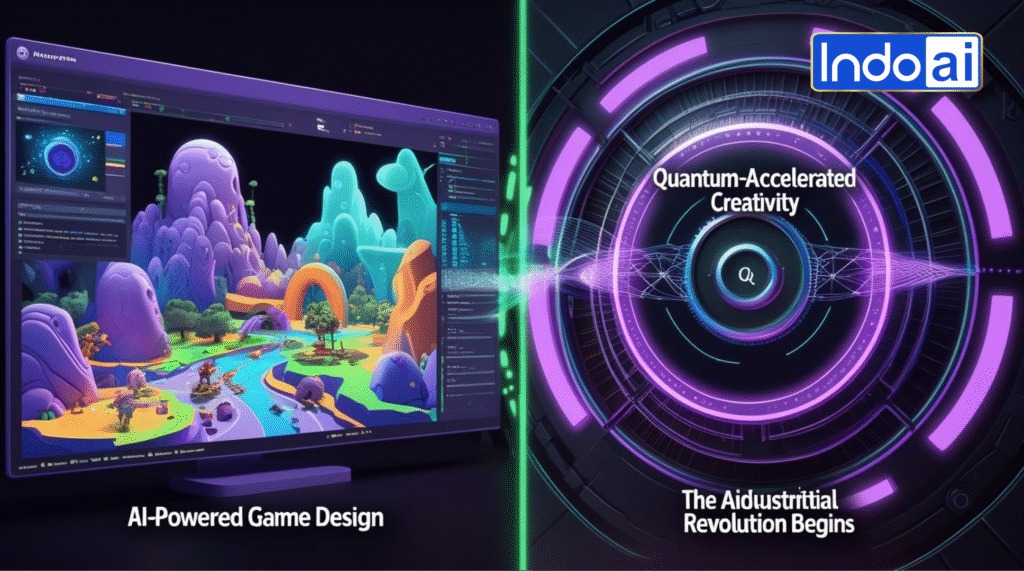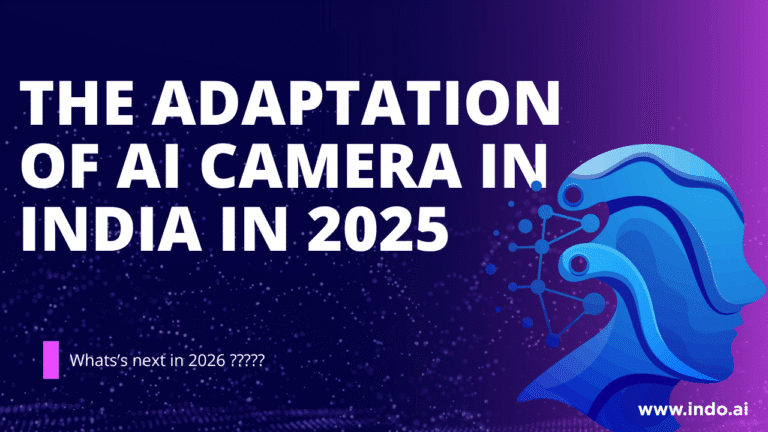Imagine a world where computers are millions of times faster than today, solving problems in seconds that would currently take centuries. A world where artificial intelligence (AI) doesn’t just help us write essays or create art but also designs entire video games from scratch. Sounds like science fiction, right? Well, thanks to Microsoft’s latest breakthroughs in quantum computing and AI, this future might be closer than we think.
Microsoft’s Quantum Chip: A New State of Matter
For nearly 20 years, Microsoft has been working on something revolutionary: quantum computing. Unlike traditional computers that use bits (which can be either 0 or 1), quantum computers use qubits. These qubits can exist in multiple states at once, thanks to the weird and wonderful rules of quantum mechanics. This means quantum computers can process information in ways that are impossible for regular computers.
But here’s the kicker: Microsoft’s new quantum chip isn’t just another step forward—it’s a giant leap. Satya Nadella, Microsoft’s CEO, recently announced that the company has created an entirely new state of matter using something called topoconductors. These are special materials that allow for the creation of topological qubits, a new type of qubit that’s more stable and less prone to errors.
Why does this matter? Well, one of the biggest challenges in quantum computing is dealing with errors. Qubits are extremely sensitive and can easily lose their quantum state, making calculations unreliable. Microsoft’s approach, using topological qubits, could solve this problem. As Burcin K, a researcher, explains, their hybrid approach uses a superconducting nanowire to observe particles and can be controlled with standard computing equipment. This makes it more practical and less error-prone than other quantum systems, like those from Google or IBM.

Dr. Alicea, a quantum physicist, sums it up well: “A topological qubit is possible in principle, and people agree it is a worthwhile goal. But you have to verify that a device behaves in all the magical ways that theory predicts it should.” Microsoft is now in a position to test this theory and bring us closer to a future where quantum computing is a reality.
AI Meets Quantum: A Match Made in Tech Heaven
While quantum computing is still in its early stages, AI is already transforming our world. From creating music and art to writing code, AI is everywhere. But Microsoft is taking it a step further with Muse, an AI-powered engine that can generate entire video games.
Yes. AI is now designing games! Microsoft trained an AI model called WHAM to create gameplay sequences that follow the rules and physics of a game. This means AI can now help developers build immersive worlds, design levels, and even create storylines. It’s like having a virtual game designer that never sleeps!
Antonio P, a tech expert, points out that generative AI is already impacting areas like music and art. But with tools like Muse, we’re seeing AI move into entirely new creative domains. And when you combine this with the power of quantum computing, the possibilities are mind-blowing.
What Does This Mean for the Future?
Microsoft’s quantum chip and AI advancements are more than just cool tech—they’re a glimpse into a future where computing power and creativity are supercharged. Here’s what this could mean:
- Creative Explosion: Tools like Muse are just the beginning. As AI becomes more advanced, it could help us create movies, design buildings, or even write novels. The line between human and machine creativity will blur, opening up new possibilities for art and entertainment.
- A New AIdustrial Revolution: Just as the invention of the computer transformed the world, quantum computing and AI could spark a new era of innovation. Industries we can’t even imagine today might emerge, changing the way we live and work.



